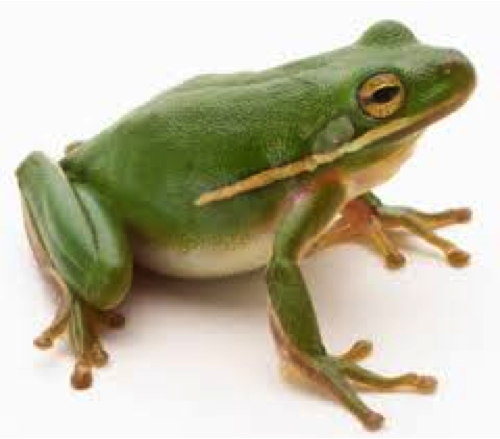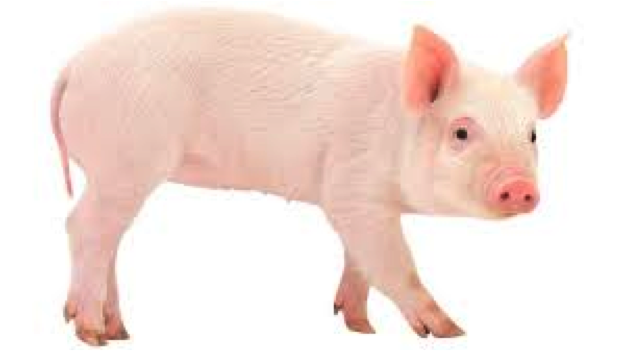Dissection
7.12.B identify the main functions of the systems of the human organism, including the circulatory, respiratory, skeletal, muscular, digestive, excretory, reproductive,
integumentary, nervous, and endocrine systems
integumentary, nervous, and endocrine systems
What is dissection? - open an organism in order to study its internal parts.
Why do we do dissections? - Dissection helps us learn how to cure diseases.
Why do we dissect animals? There are many similarities between the human anatomy and that of a frog or fetal pig. Animals are used to discover the cure to many illnesses and diseases that found humans.
Why do we do dissections? - Dissection helps us learn how to cure diseases.
Why do we dissect animals? There are many similarities between the human anatomy and that of a frog or fetal pig. Animals are used to discover the cure to many illnesses and diseases that found humans.


